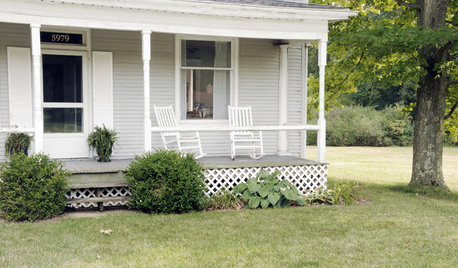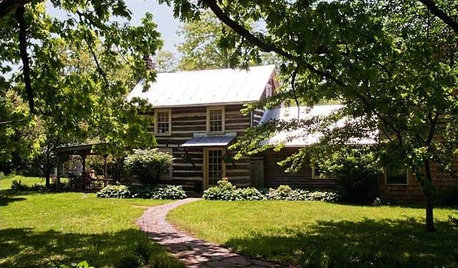I just want to cry.... :o(
knottyceltic
18 years ago
Related Stories

FUN HOUZZEverything I Need to Know About Decorating I Learned from Downton Abbey
Mind your manors with these 10 decorating tips from the PBS series, returning on January 5
Full Story
LIFE9 Ways to Appreciate Your House Just as It Is
Look on the bright side — or that soothingly dark corner — to feel genuine gratitude for all the comforts of your home
Full Story
HOUZZ TOURSHouzz Tour: Just-Right Realism in an Eclectic Family Home
With 1,100 square feet, a modest budget and 2 young children, a San Francisco family embraces a creative DIY approach
Full Story
Designer Crush: How to Decorate Like Thomas O'Brien
Compose an elegant yet contemporary home with a touch of American casualness, in the style of this renowned designer
Full Story
HOUZZ TOURSHouzz Tour: Just What Mom Wanted, Off the Washington Coast
With an art studio, age-in-place features and a view-maximizing design, this home shows just how well the architect knows his client
Full Story
HOME TECHWhy Google Just Paid $3.2 Billion for a Company That Makes Thermostats
Smart home technology just got a new champion — and everyone is speculating about the reasons
Full Story
HOLIDAYSHow to Have a Just-Simple-Enough Holiday
Make this the year you say no to holiday stress and yes to joy and meaning
Full Story
WORKING WITH PROSWorking With Pros: When You Just Need a Little Design Guidance
Save money with a design consultation for the big picture or specific details
Full Story








kwoods
felpec
Related Professionals
Glassmanor Landscape Architects & Landscape Designers · Saint Charles Landscape Architects & Landscape Designers · Burlington Landscape Contractors · Pottstown Landscape Contractors · Westwood Landscape Contractors · Bedford Landscape Contractors · Forest Hill Landscape Contractors · Independence Fence Contractors · Meridian Fence Contractors · Zion Fence Contractors · Bronx Siding & Exteriors · Cherry Hill Siding & Exteriors · Levittown Siding & Exteriors · Linden Siding & Exteriors · St. Louis Siding & ExteriorsknottycelticOriginal Author
felpec
knottycelticOriginal Author
rhizo_1 (North AL) zone 7
kwoods
mrbreeze
reg_pnw7
knottycelticOriginal Author
knottycelticOriginal Author
jim127
twickers